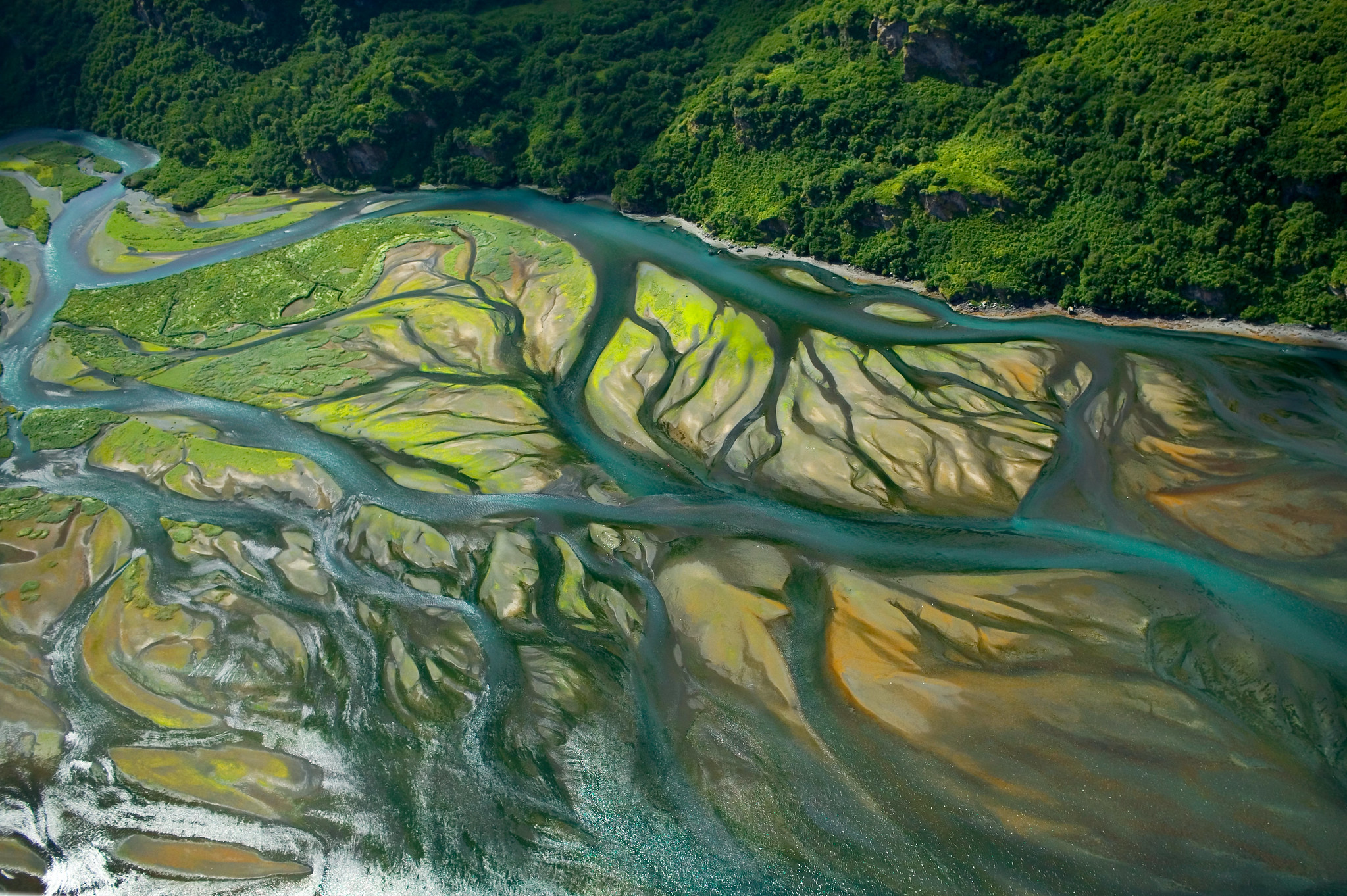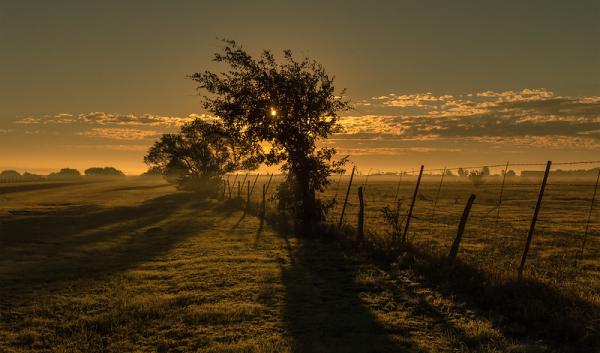Water
 If the continental United States represented the entire surface of the earth, water would cover as much as every state west of the Mississippi River, with enough left over to cover the state of New York. Of the total volume of water on earth, about 97% is saltwater, and only about 3% is fresh. 98% of the freshwater is locked away in groundwater, ice caps, and glaciers, meaning only 2% of the world’s freshwater is available for human use. That’s about 148 gallons per person on Earth. In comparison, a 10-minute shower can take between 20 and 50 gallons of water.
If the continental United States represented the entire surface of the earth, water would cover as much as every state west of the Mississippi River, with enough left over to cover the state of New York. Of the total volume of water on earth, about 97% is saltwater, and only about 3% is fresh. 98% of the freshwater is locked away in groundwater, ice caps, and glaciers, meaning only 2% of the world’s freshwater is available for human use. That’s about 148 gallons per person on Earth. In comparison, a 10-minute shower can take between 20 and 50 gallons of water.
The Earth typically does not gain or lose water in substantial amounts, so the water you use likely existed, in some form, before the first living creature evolved. While the amount of water on the planet does not change significantly, the amount of water in parts of Earth’s system can fluctuate wildly. In addition, water is not distributed evenly across the land surface. The result is that some areas are climatically wetter or drier than others, which shapes local agriculture and restricts which crops and livestock can prosper in a given region.
In the United States, some areas are expected to become drier as the climate, including average temperature and average precipitation, changes. Conversely, other areas are predicted to become wetter. The frequency of extreme weather events--severe floods, persistent drought, and severe storms--is also expected to change in some regions. The effect of climate change on water availability and wet and dry seasons has numerous potential implications for agriculture, especially in areas where the climate is expected to become less suitable to sustained agricultural production.
-
Without Water There Is No Agriculture: ARS's Road Map for Water Research to 2050
Please see the full publication here.
-
A Storm is Brewing: Climate Change and Coastal Storms in Western Alaska
As ocean temperatures rise and sea ice declines, intense storms are likely to have a more significant impact on western…
-
Atmospheric Rivers in the Northwest
Atmospheric rivers are an important source of water, but they may cause more damage with climate change.
-
Testing the Novel Shallow Well at Hart Farm in Maine
In 2021, Hart Farm installed a shallow well to serve as their main source of irrigation water for their vegetable crops…
-
Vulnerability Assessments of U.S. Agriculture and Forests (2018)
Two special issues in the journal Climatic Change feature vulnerability assessments of agriculture and forestry across…
-
When it rains, it pours: How climate change fuels heavier rains
Over the past century, rainstorms across the US have increased in frequency and severity. Recent research now suggests…
-
Snow Water Equivalent (SWE) — Its Importance in the Northwest
Snow is a critical source of water in the Northwest, and climate change will affect its availability.
-
Seaweed Farming in Alaska
Seaweed farming is emerging as a climate-smart maricultural practice that could thrive in Alaska’s nutrient rich waters…









